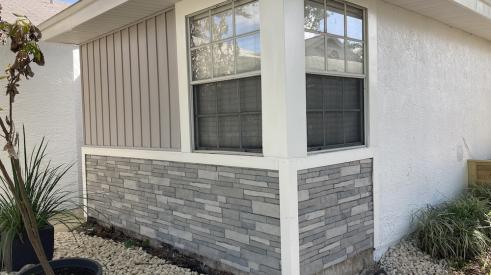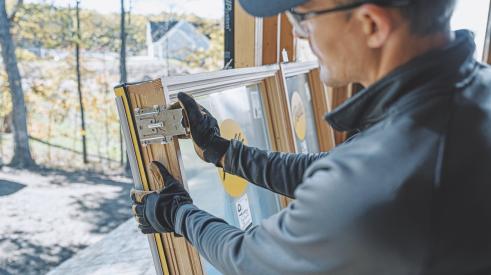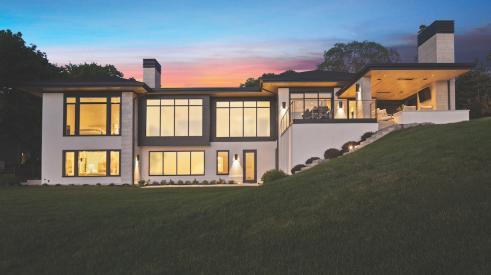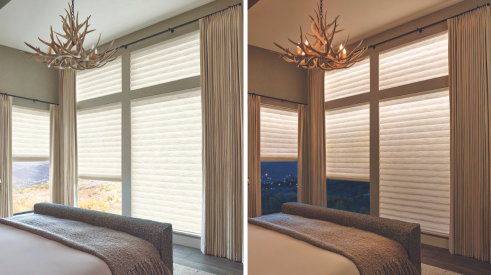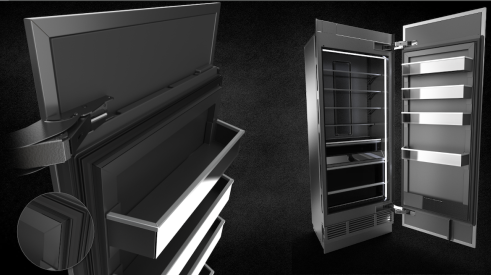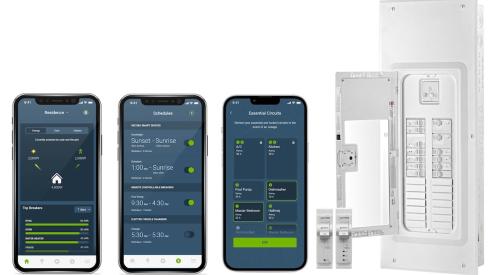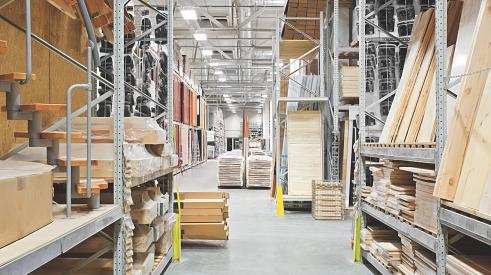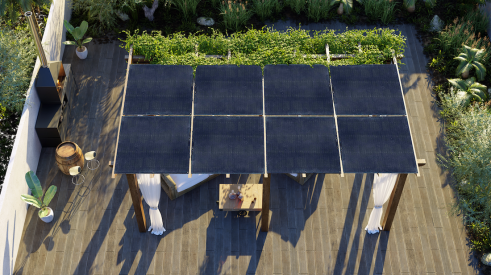Once upon a time it was good enough to put a built-in grill and some storage space into a masonry enclosure and call it an outdoor kitchen. But times and outdoor kitchens have changed. Dramatically.
“The thought process behind building an outdoor kitchen has changed,” says Russ Faulk, vice president of product development for Kalamazoo Outdoor Gourmet. “Because of the recession, people are staying in the same place. They can’t sell their homes so they are remodeling them. And an outdoor kitchen is often at the top of their list. Outdoor kitchens are now seen as an investment in enriching their lifestyle and increasing the value of their home.”
Outdoor kitchen have become much more sophisticated
Homeowners want their outdoor kitchens to be as efficient as the one they have indoors. They are asking their outdoor kitchens to do more. The equipment has become more specialized. Everything needs to be located appropriately and space appointed properly. In other words, you need to start thinking like a kitchen designer. To do that, you need to have a strong working knowledge of counter top space, functional zones and landing area requirements.
The cornerstone of the outdoor kitchen is the counter. Quite literally everything revolves around it and the space you give to it. With the right amount of counter space, you allow room for functional zones and landing areas.
“You need to have a place to put items down by the grill, for prep, serving and more,” says Faulk. Leave too little room near the grill and the cook has nowhere to place platters for putting food on or taking it off the grill. Landing areas are needed not only next to the grill, but also next to sinks, cooktops, pizza ovens and above refrigerators. “Counter space goes fast. We have worked on hundreds of outdoor kitchens, and planning appropriate counter space is one of the biggest challenges,” he says.
“One of the biggest mistakes we see is designers placing grills at the end of a counter run,” says Faulk. Without space on either side of the grill, you’ve essentially made it more difficult to cook.
Faulk recommends the following minimums for landing areas: grill: leave 24 in. on one side and 12 in. on the other; cooktop: 12 in. on each side; sink: 18 in. on each side.
Faulk says small kitchens give a degree of space to work with, but things are tight. “It’s not until you get into a medium sized kitchen that you start to see space freed up. This is where you have room to work, where there is space for two cooks in the kitchen. Here, you’re looking for a minimum of 6 feet of counter space,” he says.
He recommends a minimum of 36 inches of uninterrupted counter space for small kitchens, 72 inches for medium kitchens and 158 inches for large kitchens.
Convincing clients to plan more counter space than they think they need might be difficult, but Faulk says that once you explain how landing areas and functional zones fit within it, the “sell” becomes easier.
An outdoor kitchen can be broken down into four functional zones: hot, cold, wet and dry, says Faulk. And each is dedicated to specific activities. Faulk adds, “When the balance and flow between these is right, cooking outdoors can be effortless and elegant.
The hot zones are where all of the magic in the outdoor kitchen happens. Everything revolves around these areas. The other zones feed into them and need to be placed appropriately. Things get trickier when you have more than one type of cooking appliance, such as a countertop pizza oven or cooktops Faulk recommends keeping in these units in close proximity to the grill, making easy to keep an eye on a variety of cooking activities.
The cold zone is where you place your refrigeration and store the produce, meats and other cold ingredients you will be using. The placement of the cold zone(s) may be different if the refrigeration primarily services cooking activities or is more a part of serving. For example, you would want beverages accessible to guests without them needing to venture far into the kitchen or past the grill.
Wet zones include sinks and ice reservoirs. Dry zones cover a variety of activities, including food prep and staging or storing dinnerware. They are where you set up finished food and where guests can pick it up. You also want to include waste and recycling containers.
Faulk sums up these key kitchen design principals this way: “Plan the functional zones and the flow between them for a variety of prepping, cooking and serving activities. Mentally walk through these activities and where things can be stored and put down during use. Allow adequate space for each zone and for the primary pieces of equipment.”
Beyond essential design elements, Faulk says there are a couple of design trends to keep in mind: shelter, lighting and electronics.
“Shelter is one of the fastest growing trends in outdoor kitchen design,” says Faulk. Large umbrellas, pergolas, roofs and screened-in areas protect from sun and rain, helping homeowners get the most from their outdoor kitchen investment.
“Depending on how elaborate the shelter is, you can design in features that make it even more enjoyable, such as radiant heaters that provide comfort deep into fall and allow homeowners to open kitchens earlier in the spring,” Faulk says. “Or you can incorporate ceiling fans that provide cooling breezes and discourage insects.”
Faulk says lighting is one of the most overlooked aspects of outdoor kitchen design. “To cook or entertain after dark, one has to be able to see once the sun goes down. Task lighting is an absolute necessity for cooking after dark,” he says.
Pay particular attention to properly illuminating the grill, advises Faulk. Lights can be mounted on the wall, on a pole, in a ceiling or alongside the grill. Just make sure it isn’t blocked by the cook’s head or the grill’s lid. “You don’t want anything casting shadows on the cooking surface, defeating the purpose of the task lighting,” he says. “Ambient lighting helps illuminate the kitchen, dining and living spaces. It also creates drama throughout the entire area.”
Many homeowners are having TVs, MP3 docks and speakers installed for use at all times in the outdoor kitchen. Others want to use their TVs only on a temporary basis. Plan cabling, power supply, and installation hardware as if these items were going to be installed permanently.
“As people further integrate computers into their lives, data lines or wi-fi boosters become more important considerations, especially if the home’s indoor wireless signal, if it has one, may not be strong enough to connect computers when they are outdoors,” Faulk says.
Chris Mordi is a vice president of Kalamazoo Outdoor Gourmet.
Outdoor kitchens need to match the design. luxury and efficiency of the indoors
Add new comment
Related Stories
Pro's Picks: A Quick Install Composite Stone
This pro completed a high volume facelift project months ahead of schedule
Pella's New Debut Promises Faster, One-Person Window Installs
The window manufacturer promises 3.15x faster installation with its Steady Set system
Marvin Releases Switchable Privacy Glass Window
The privacy glass windows can be purchased from Marvin's Direct Glaze windows
Innovative Products: Window Shades That Create Natural Light
Wait, shouldn't window shades keep light out?
New Insulation Innovation Reshapes Our Thinking of Refrigeration
Whirlpool Corporation's latest innovation allows refrigerators to do more and be more
Innovative Products: A Whole-Home Energy Monitoring System
Homeowners can control their lighting, load control, and EV charging through one app
Pro's Picks: A Paperless Note-Taking Tablet
This remodeler recommends a tablet that makes note-taking and document organization easier
Building Materials Show Stability in 2023
Although supply chain bottlenecks have eased in recent months, shortages of some key materials persist.




